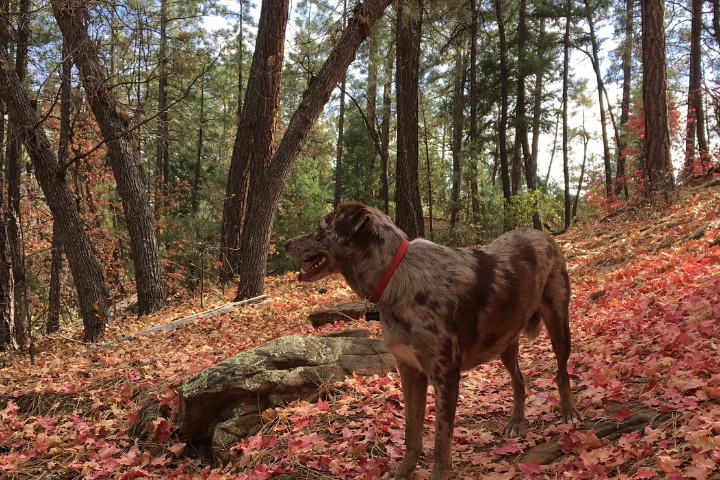Part of the fun of walking your pet is seeing their natural curiosity for the outside world. Unfortunately, their interest may lead them to eat something that isn’t healthy for them, like toxic mushrooms! At Caudle Vet Clinic, we know it is important to be diligent about safeguarding your pet. Stay versed on the signs and symptoms of mushroom toxicity and learn to spot toxic mushrooms in the first place!
Mushroom Toxicity 101
Being able to spot poisonous mushrooms is a key step in keeping your pet safe. Here are some tips on what to look out for:
- Colors and Patterns: These types of mushrooms are often poisonous, so consider their attractive patterns and colors as a warning sign to stay away.
- Fishy Odors: Mushrooms with fishy odors are attractive to pets, but many are poisonous. Be sure to be on guard for these mushrooms!
- Amanita Mushrooms: These mushrooms are egg-shaped with gills inside and can bring serious illness or even death to your furry friends. Also, look out for scales, warts, or an umbrella-shaped cap.
This list also provides details about poisonous mushrooms, but overall, it is best practice not to let your pet eat unknown flora and fauna while outdoors. If your pet does ingest a wild mushroom, here are some of the symptoms of mushroom toxicity:
- Gastrointestinal complications, such as nausea and vomiting
- Diarrhea, which leads to dehydration, constipation, and abdominal pain
- Liver-related symptoms, such as jaundice or yellowing of the skin
- Lethargy
- Ptyalism or excessive drooling
- Poor coordination
- Seizures
- Hallucinations
- Coma
What To Do If Your Pet Eats a Toxic Mushroom
If your pet does eat a toxic mushroom and begins exhibiting any of the symptoms listed above, it is important not to panic. We urge you to call Caudle Vet Clinic and bring your pet in for treatment immediately. To be further safeguarding your pet, here are some steps that will help get your pet back to health:
- If possible, take photos of the type of mushroom your pet ate from multiple angles to help with identification. Bring a sample of the mushroom in a damp paper towel if you can. Identification is not necessary for treatment, but it could give us a clearer picture of what is going on with your pet. It is also important for us to know about the onset of your pet’s symptoms.
- From here, we will run tests to figure out what is wrong. Typical next steps include taking a blood, stool, and urine analysis.
- Treatment ranges depending on your pet’s case, but their condition may be treated by IV therapy, liver and kidney management, or induced vomiting, all three of which work to rid your pet’s body of toxins.
We know you love your pets dearly, which is why it can be so frightening if they eat something that makes them sick. That is why our team at Caudle Vet Clinic works to keep your pet healthy in times of trouble. If your pet is experiencing any of the symptoms listed above, we urge you to give us a call at (615) 227-6230. Even if your pet is in tip-top shape, we recommend scheduling their next checkup appointment to keep them feeling great!

